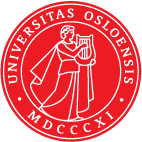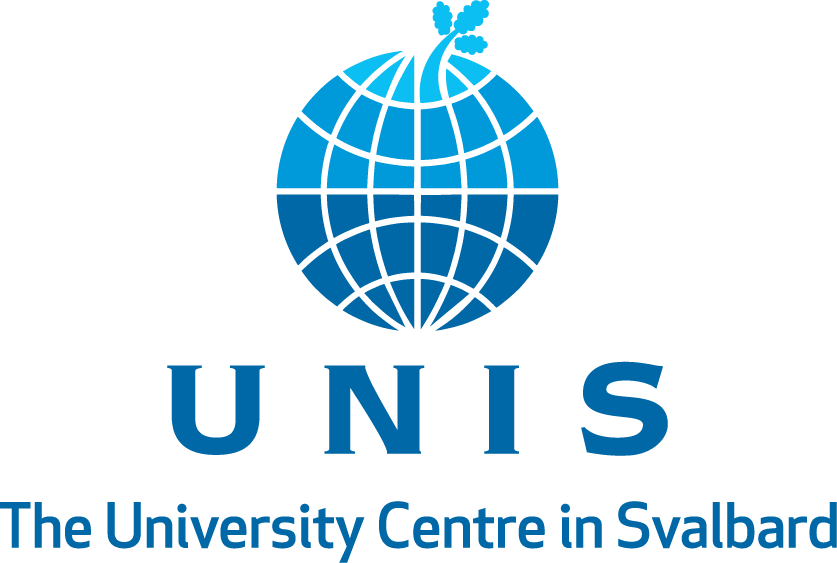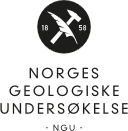National partners
- University of Oslo
- University of Bergen
- University of Tromsø
- Norwegian University of Science and Technology
- University Centre in Svalbard
National collaborators
- The Geological Survey of Norway
- NORSAR
- The Norwegian Space Centre
- Norwegian Defence Research Establishment
International collaborators
Denmark
Centre for Star and Planet Formation (STARPLAN), Natural History Museum of Denmark
This centre seeks to understand the formation of Solar System bodies from isotope cosmo- and geochemistry and governing physical processes, and was established by Martin Bizzarro from the Danish National Research Foundation. The centre has outstanding clean room facilities ready for visiting students and student exchange in our new educational program. The current contact person for the DEEP collaboration is Jim Connelly, one of the isotope cosmochemists.
Aarhus University
The Deep Earth petrology and geodynamics group at Aarhus University is directed by Christian Tegner and supported by a well-funded Niels Bohr chair position, currently occupied by Charles Lesher (also at University of California, Davis). The group covers a range of disciplines including mineralogy, petrology, volcanology, plate tectonics and the dynamics of the lithosphere, as well as environmental effects of volcanoes, large igneous provinces, and layered mafic intrusions. The Aarhus and CEED work jointly in the NE Atlantic and Arctic region, including the North Atlantic Igneous Province and the High Arctic Large Igneous Province.
Copenhagen University
The Department of Geosciences and Natural Resource Management at U Copenhagen is involved in lithospheric studies. We plan to collaborate with the newly hired Giampiero Iaffaldano, who will establish a research group oriented towards global mantle-lithosphere interactions and therefore highly relevant for the DEEP RS main objective. This institute is running an international PhD programme since years, which may provide examples for successful research school activities.
Sweden
Uppsala University
The department of Earth Sciences incorporates among a wide range of expertise the investigation of the Earth’s internal structure and dynamics by sophisticated computer modelling and processing methods. Olafur Gudmundsson and others are closely working with GEO at UiO.
Germany
GeoForschungsZentrum Potsdam (GFZ)
GFZ is the largest geoscience research centre in Germany and has several departments with relevance to DEEP topics. CEED has a very good collaboration in research and education with two groups from GFZ: the Department 4 Chemistry of the Earth (led by Magdalena Scheck-Wenderoth), and the Geodynamic Modelling section 2.5 (headed by Stephan Sobolev). One member from the Geodynamic Modelling group (Bernhard Steinberger) has also an Adjunct Professor position with CEED and one PhD student is jointly supervised by CEED and GFZ academic members.
University of Bayreuth/Bayerisches Geoinstitut (BGI)
University of Bayreuth is the leading European centre for high-pressure experimentation in Earth and planetary sciences, and has welcomed visitors, performing extensive experimental studies. Every spring term, the BGI invites to an intensive PhD-course in "High-Pressure Experimental Techniques and Applications to the Earth’s Interior", supported by the German Mineralogical Society, which is an appropriate complement to the CEED-based Earth and planetary materials and dynamics course.
Netherlands
University of Utrecht
The Faculty of Geosciences (Department of Earth Sciences – the Earth Interior section) including Wim Spakman, who has also an adjunct Professor position at CEED. Long term co-supervision of Master/PhD and postdoctoral students and numerous joint research projects, even resulted in producing an ERC starting grant winner. We build on this collaboration on tomography models.
Switzerland
Eidgenössische-Technische Hochschule Zürich (ETH)
The Geophysical Fluid Dynamics group (led by Paul Tackley) is studying the geodynamics of Earth and Planets by using computational modelling. They organize and offer the following modelling short courses, and we plan to facilitate the attendance of this course by interested students from the DEEP RS. ETH promotes the PhD retreat programme and DEEP RS will organize activities inspired by this programme.
United Kingdom
University of Bristol
The Earth Science and Chemistry programs are among the largest and most productive in UK. We collaborate in experimental and theoretical (computational) mineralogy and mineral physics. School of Earth Science: One CEED PhD project is outstanding using the laser-heated diamond anvil cell laboratory (led by Michael J. Walter, Head of the School). School of Chemistry: Neil Allan studies solid solution ranges in e.g. carbonates and the incorporation mechanism and diffusion rates of the various noble gases in the main mantle minerals by means of theoretical (computational) mineralogy and mineral physics.
University College London
The Department of Earth Sciences has one of the largest groups in computational mineralogy and mineral physics, worldwide and is also involved in deep Earth experimental mineralogy, geophysics and geodynamics, continued close collaboration is envisioned with several, including John Brodholt.
University of Oxford
We plan to collaborate with a newly formed group (led by Karin Sigloch), which aims to link seismological knowledge about the deep Earth with the plate tectonics evolution – a research topic covered by CEED and other national and international partners.
USA
Brown University
Brown University is one of the world-class university sites, which educate many planetary scientists. We will continue our long collaboration with James W. Head, III, on studying the geological and climatic evolution of planets, including the Earth.





